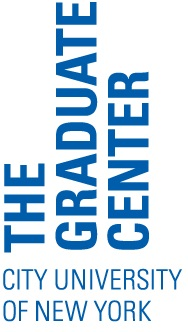The Path to Publication, Part 1: Selecting a Journal

Photo by Fabien Barral on Unsplash
The following is the first in a three-part series on the publication of an academic article. As my field, English, is in the humanities, this will necessarily shape my narration, though many of these steps transcend most disciplinary boundaries. When they don’t, I will add links to STEM-specific advice. This post focuses on selecting an appropriate journal.
Academic Publishing
When I received my first acceptance email, it had been fourteen months since I had submitted a revised version of my master’s thesis for publication. Coincidentally, it would be another fourteen months before the journal would make it to print—almost two and a half years, not including the time I spent writing it. This was partly because my editor was going into and then recovering from surgery, and response times vary from publication to publication. Once, I got a rejection within 72 hours. But this is generally a slow process, so it is important to start early. Nearly every course you take here will require you to produce scholarship, so begin revising as early as your first summer at the Graduate Center. You might not see that work in print until your dissertation defense.
Selecting a Journal
In selecting a journal for publication, there are a few things you’ll want to consider:
Evaluating the Journal
The first is its reach. You want your scholarship to have as wide an audience as possible, and resources like the Scimago Journal & Country Rank, which analyzes the impact of over thirty thousand journals in a range of disciplines, will help you determine a given publication’s influence. You should also check out the GC library’s guide to research metrics.
You’ll also want to speak with your adviser and compile a list of leading journals in your field. One article in a prestigious journal is more valuable than several in unknown ones. I have also been by members of hiring and tenure committees that they give greater weight to print journals.
Evaluating Yourself
Still, you must realistically assess your chances of publication. Since you should only submit to one journal at a time, you can lose months if you overreach. In my case, I chose a publication dedicated to a single novelist to increase my changes of acceptance; after all, how many people are writing about Vladimir Nabokov in any given year?
Finally, under no circumstances should you pay to have your work published. This is a scam that exploits the vulnerability of graduate students and early career scholars.
What’s Next?
Once you’ve narrowed down your selection, skim through recent articles and tables of contents to see if you are a good theoretical and stylistic fit. Editors are looking for thematic consistency but also variety and may be more interested in work that fills a perceived gap. One friend was told by the editor of an Irish studies journal, “We already get far too much on James Joyce.”
At this point, you should be prepared to make an informed decision.
The next post in this series will discuss preparing your manuscript for submission.




